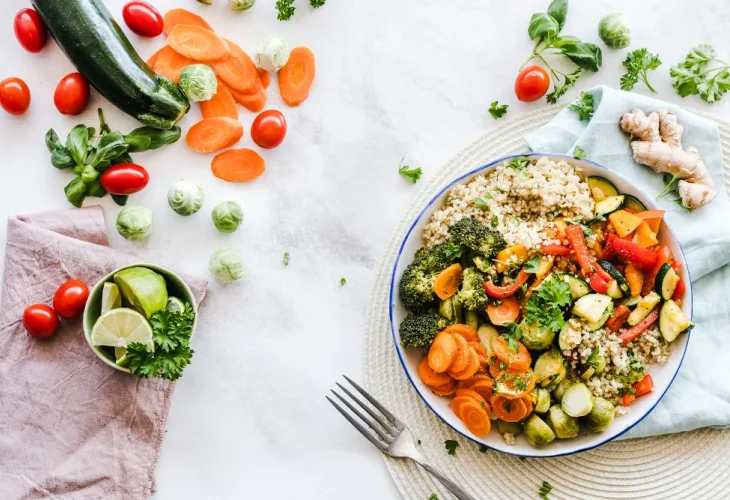Health and Nutrition
How to Eat Healthy on a Budget: Smart Tips for Nutritious, Affordable Meals
Learn how to enjoy healthy, balanced meals while saving money with easy tips for smart grocery shopping, batch cooking, and using budget-friendly ingredients

Many people believe that eating healthy requires a big financial investment, when in reality, it’s absolutely possible to build a nutritious, balanced diet on a tight budget. With the right strategies and a little planning, you can support your health without breaking the bank.
Plan Ahead: The Secret to Smart Eating
The first step to eating well on a budget is planning. Creating a weekly meal plan helps you buy only what you need, avoid impulse purchases, and reduce food waste. Check current grocery store sales and build your menu around seasonal produce or discounted items. This not only keeps your spending in check but also saves time in the kitchen.
Before shopping, take inventory of your pantry. Staples like legumes, grains, flour, and canned goods can serve as a solid base for a variety of meals, giving you flexibility when planning.
Buy in Bulk When Possible
Buying non-perishable foods in bulk is one of the best ways to save money. Items like rice, lentils, beans, chickpeas, and oats have a long shelf life and are cheaper per pound when purchased in larger quantities. Stocking up on essentials like flour, oil, tahini, and canned goods during sales can also lower your grocery bills over time.
If you have access to local markets or bulk stores, you can buy dry goods by weight, which reduces packaging costs and allows you to purchase exactly the amount you need.
Cook in Batches and Freeze
Batch cooking is a smart way to save both time and money. You can prepare soups, stews, pasta sauces, and grain dishes ahead of time and freeze them in individual portions. This ensures you always have a healthy meal ready, reducing the temptation to order expensive takeout.
It’s also a great way to repurpose leftovers — yesterday’s vegetable soup can become a pasta sauce, and cooked rice can serve as a base for several meals throughout the week.
Legumes and Grains: Affordable, Healthy Protein
Many people think of meat, fish, or dairy as the primary sources of protein. However, legumes and grains offer a much cheaper, and equally nutritious alternative. Beans, lentils, chickpeas, quinoa, and oats are rich in protein, fiber, and essential minerals, and cost far less than animal-based proteins.
Combining grains and legumes (like rice and lentils) can provide all the essential amino acids your body needs for complete protein. Plus, legumes are filling and versatile, reducing unnecessary snacking and fitting well into soups, salads, patties, and stews.
Choose Seasonal Fruits and Vegetables
Produce prices fluctuate throughout the year, so choosing seasonal fruits and vegetables can save you a lot of money. Seasonal produce is usually fresher, tastier, and more affordable. For example, summer is great for tomatoes, cucumbers, and peppers, while winter offers carrots, beets, and potatoes at lower prices.
Frozen vegetables are also a budget-friendly and nutritious option. They last longer, retain their nutritional value, and work well in cooked dishes and side meals.
Take Advantage of Sales and Use Leftovers Wisely
Look out for deals and discounts on healthy pantry staples like olive oil, tahini, and canned beans. Supermarkets frequently offer promotions on nutritious items — use them to stock up smartly.
Learning to use leftovers creatively can also cut costs. Extra veggies? Make a soup or sauce. Leftover chicken? Use it in salads, stir-fries, or casseroles.
Eating healthy doesn’t need to be expensive. With smart planning, strategic shopping, and creative use of ingredients, you can build a nutritious and affordable diet. Focus on whole food staples, take advantage of discounts, and make the most of every item in your kitchen. A little effort goes a long way in supporting both your health and your wallet.

